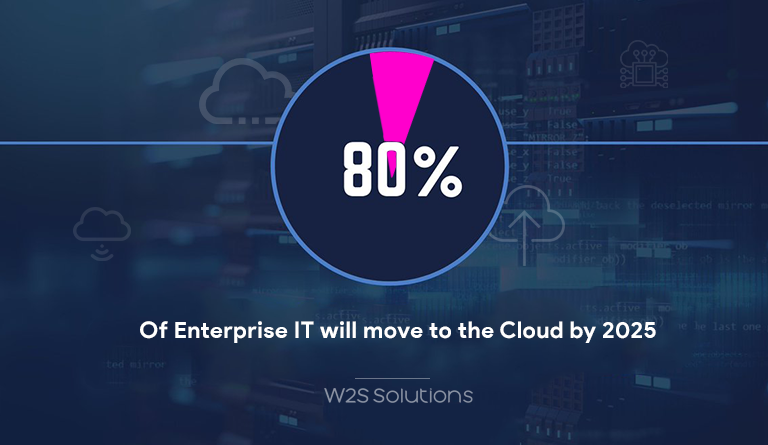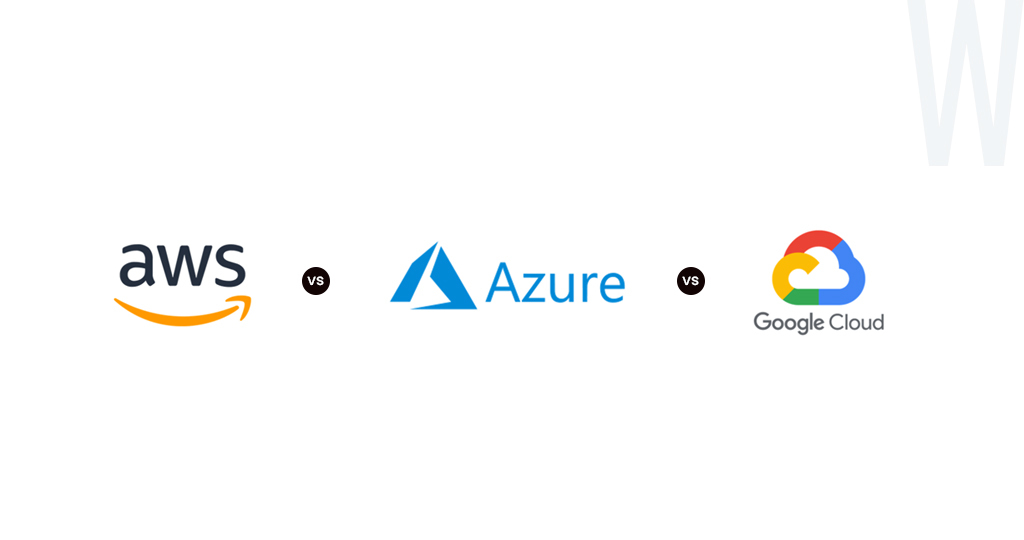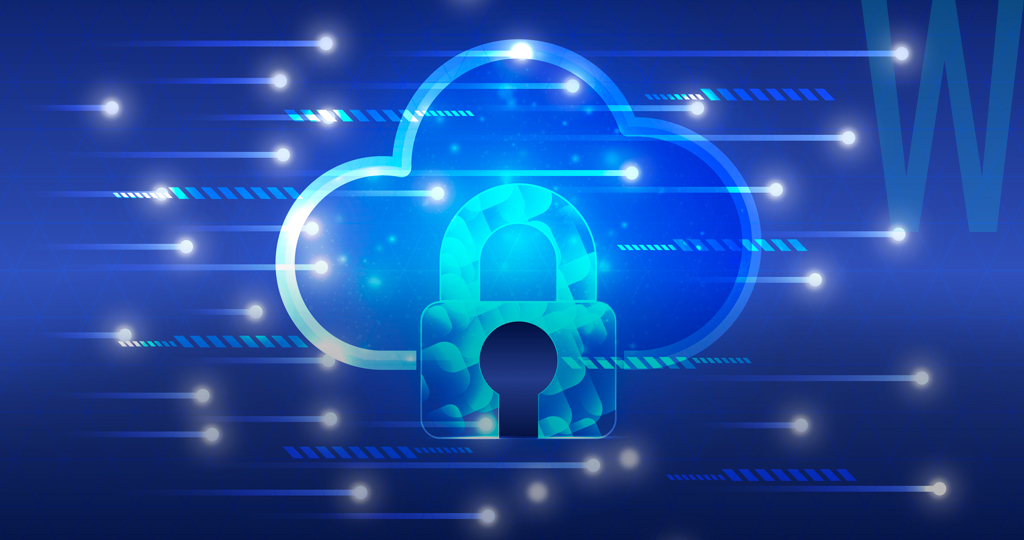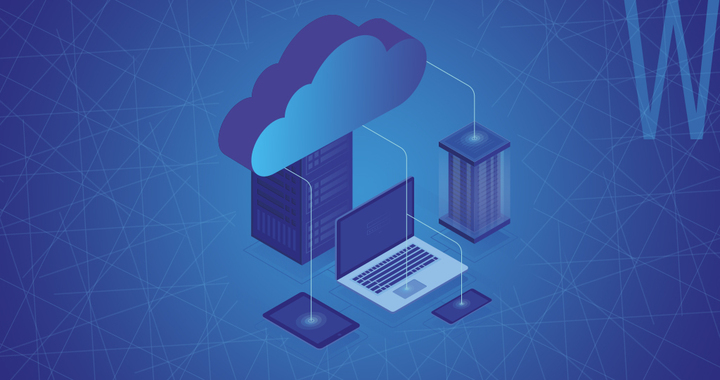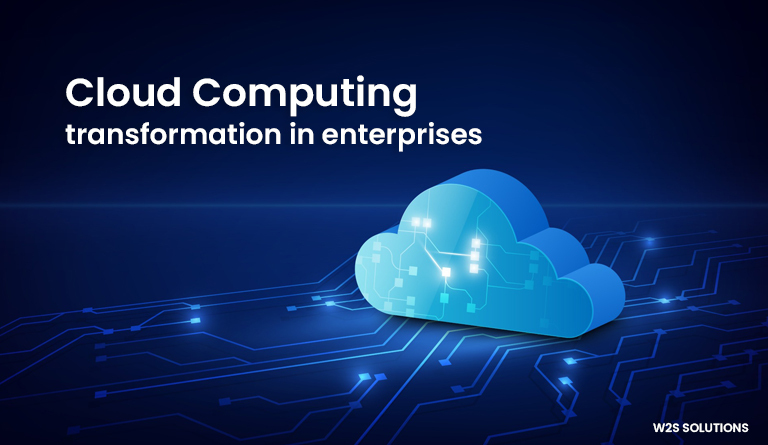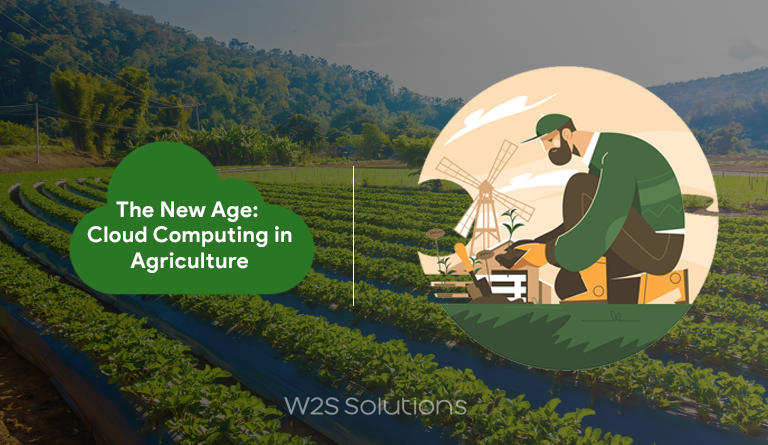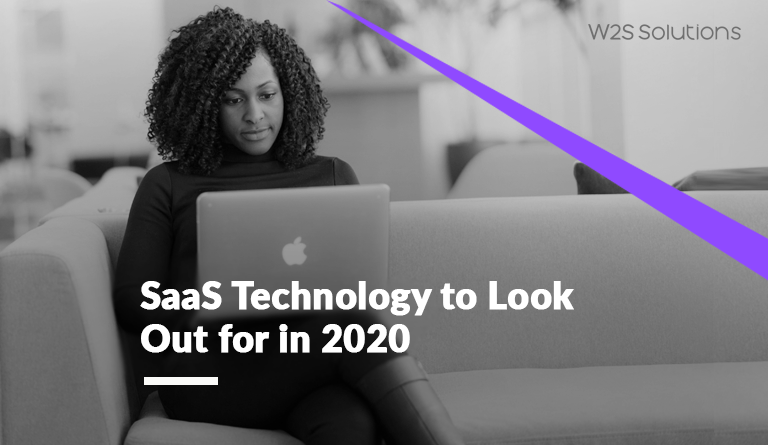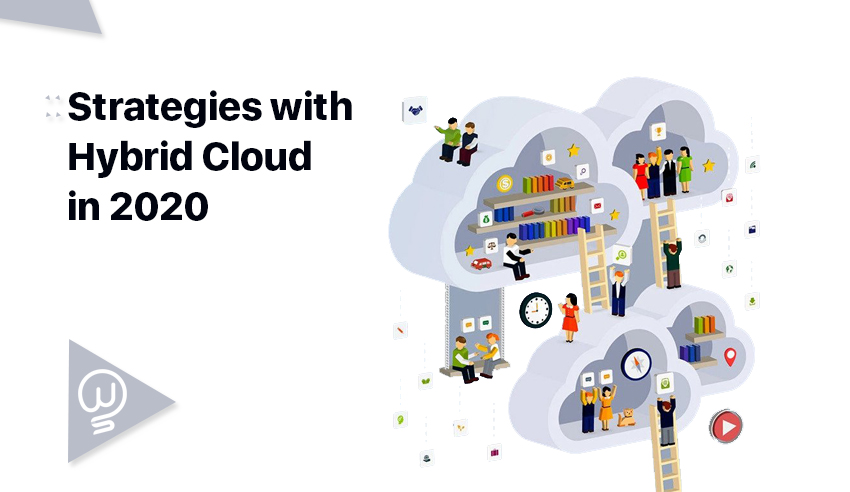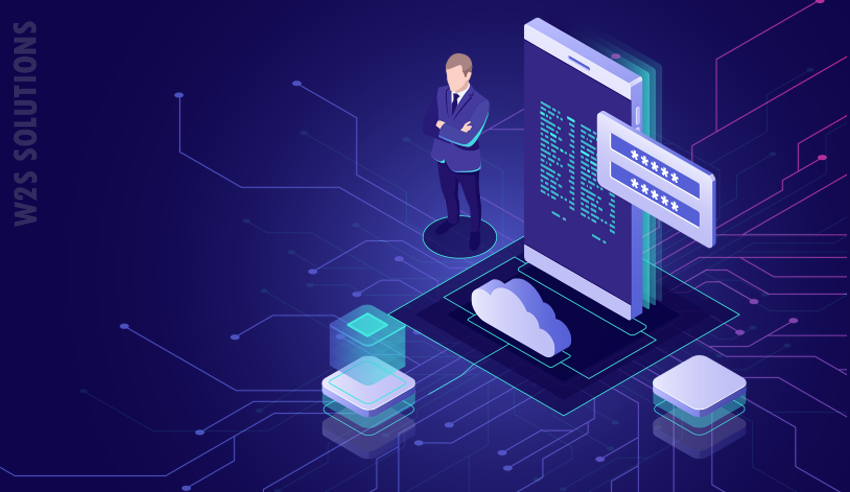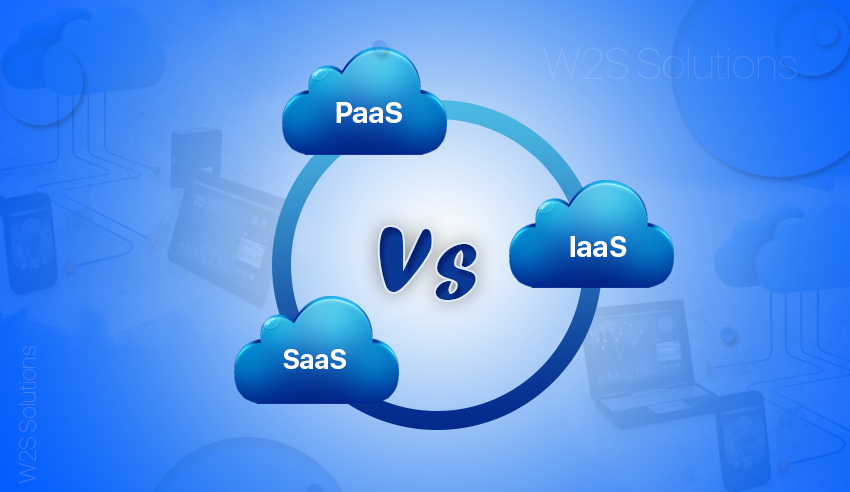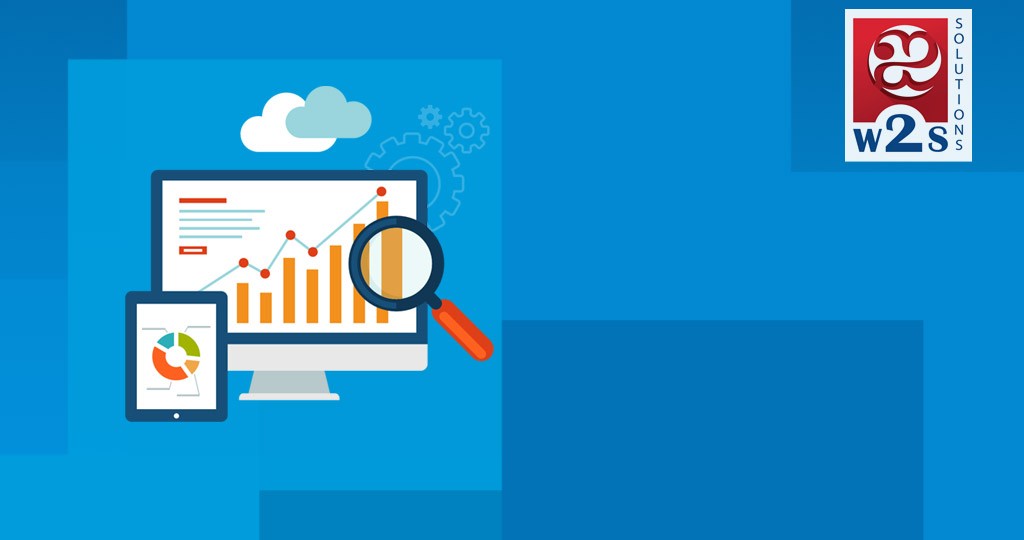How are the information technology systems going to look like in a major business organization by 2025? Many predictions have been made in that regard, but the one that has really become the talk of the town is the idea that 80 percent of the enterprise workloads will shift to cloud by 2025. That’s a pretty big statement to make about enterprise IT solutions.
It also naturally raises a major question. Why haven’t cloud computing already started to be embraced by those crucial, enterprise workloads? After all, if an inevitable shift in the cloud is due by 2025, according to future cloud technology predictions, then the changes should start showing in a big way.
So, what exactly is at stake for the companies working with high-performance and high-value applications? Is the prediction really going to come true or are we not ready for it yet? Let’s found out!
Need to look beyond the capabilities of early cloud infrastructure
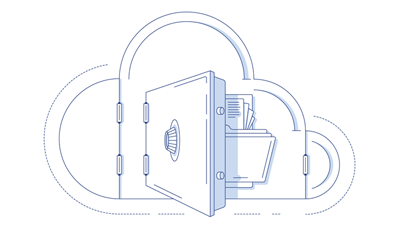
It would be wrong to assume that big business has anything against cloud computing services. In fact, there are companies that run business processes worth billions of dollars in annual revenue on the cloud. So, what’s the glitch?
As you can easily guess, the flow of revenue is a crucial thing, and it has to be maintained under all circumstances. Even tech problems should not affect the revenue flow, and neither should the tech-related issues like a data breach, an outage, or a sudden increase in demand.
Moreover, for the future cloud technology predictions to come true, there is also a demand to deliver the fastest response time for even the most complicated account activation processes. The company will not be ready to make decisions that threaten their performance.
This does not mean that the IT teams do not need enterprise IT solutions to reduce costs. Of course, they want to cut costs. In fact, the IT teams have a prime responsibility to provide three important things at all times: efficiency, effectiveness, and risk mitigation. There are three questions asked in every decision made by the IT teams:
- Does it get the job done like it’s supposed to?
- Is it affordable enough for buying and maintaining?
- Is it able to avoid risks and contribute to viable business continuity?
Each attribute of the solutions they find has to include the answers to all of these three questions.
So, it is a rare expectation when businesses are ready to put the mission-based workloads on the first-generation cloud. The first-generation cloud computing services are simply not made for it. In fact, they were made to enable the tenants of the cloud to share the commodity storage and servers for maximizing their profits. And, there is no problem with that approach as far as low-risk workload and disposable environments are concerned.
But, what about almost real-time processing involving millions and billions of dollars’ worth of revenue? Well, then it doesn’t really feel like a great solution.
So, if the cloud providers continue with this first-generation cloud architecture, with its shared hardware, then the future cloud technology predictions will never be fulfilled.
The good news is that things are evolving for the better with the second-generation cloud architects. The second-generation cloud is all about a fundamental reshaping of the traditional public cloud. It aims to offer the security, reliability, and computing power needed to run even the highly demanding business applications. And, the best part is that they go beyond the limited capabilities of the first-generation cloud infrastructure.
Read Also – Tackling COVID-19: How Cloud Computing Throws a Lifeline to Businesses?
Considering the efficiency of the second-generation cloud solutions
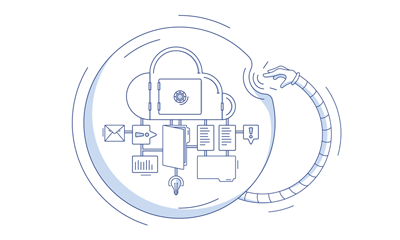
When it comes to running a portfolio of the enterprise applications in the first-generation cloud architecture, or even in an on-premise data center, you have highly skilled teams to handle estates or large pools of IT resources, which includes databases, storage, networks, and computing systems. The teams will manage your security threats, perform necessary upgrades, patch software, and manage all kinds of operational hurdles.
For instance, any conventional database estate can have hundreds of developers. Each of these developers will have many database subscriptions to use for app testing and development across multiple projects, and not forget, countless production databases. And, of course, this depicts a big estate. But, it’s certainly not the biggest estate by any measure.
Being a tenant of first-generation cloud computing services means asking some pretty hard questions about estate management:
- Who is responsible for applying upgrades and patches?
- Who handles responding to and mitigating security threats?
- Who manages the storage and database when the limits are hit?
- How many people do you need to hire, according to your cloud computing services, for taking care of their services?
This is where the second-generation cloud services win and get closer to fulfilling future cloud technology predictions. The premier cloud solutions are able to handle all of the above factors for the tenants. The modern cloud solutions have autonomous and self-driving database. These are made to secure, update, patch, tune, and provision itself without the need for human intervention. All of these administrative tasks are handled by the skilled in-house staff of the first-generation cloud’s tenants.
Freedom from these responsibilities enables the employees to pay attention to the areas where it’s needed, such as making the best use of the company’s data and working with the app developers in creating better apps for the employees and customers.
The modern enterprise IT solutions believe that this newfound efficiency and freedom for the IT teams will enable the businesses to shift their most critical and demanding projects to the cloud.
Read Also – Impact analysis of Covid-19 on Cloud Application Market
Taking care of business continuity and predictable performance
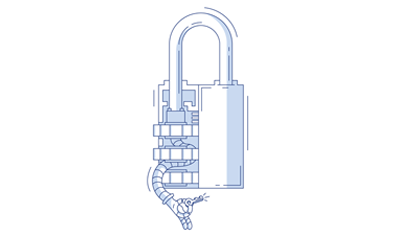
It is important to reduce the ongoing ownership costs, but the cost is not the only area of concern for mission-critical processes. In fact, the cost is secondary to business continuity and predictable performance. The performance levels have been built into the on-premise operations of the companies, and they can’t shift to the cloud by neglecting them.
The need of the hour is a powerful software and hardware system made to offer extreme performances for the database workloads. There should be cloud-based and on-premise versions of the enterprise IT solutions that must be popular with large institutions like telecoms and banks.
When the IT organizations in these large institutions are comfortable with this on-premise enterprise IT solutions, they will have no problem in migrating that to the cloud. It matches up to the present record system that has been made to deliver the exact business needs.
Though the second-generation cloud architecture is made to provide advanced enterprise apps in the cloud, it has to look beyond it. They need to lend the security and performance to the cloud-native applications for meeting real-world demands and integrating with the rest of the on-premise applications.
Summing up
So, the future cloud technology predictions can come true because of the enterprise-grade, second-generation cloud architectures that will not only ensure cost savings, but also meet the IT organization’s criteria of business continuity, efficiency, and effectiveness.
Moreover, it will also show the way to continued innovation, which is not possible through on-premise software and data centers. But, that’s a whole new subject altogether. For now, the fact is that the prediction is not too far off the mark if the right path is followed.
